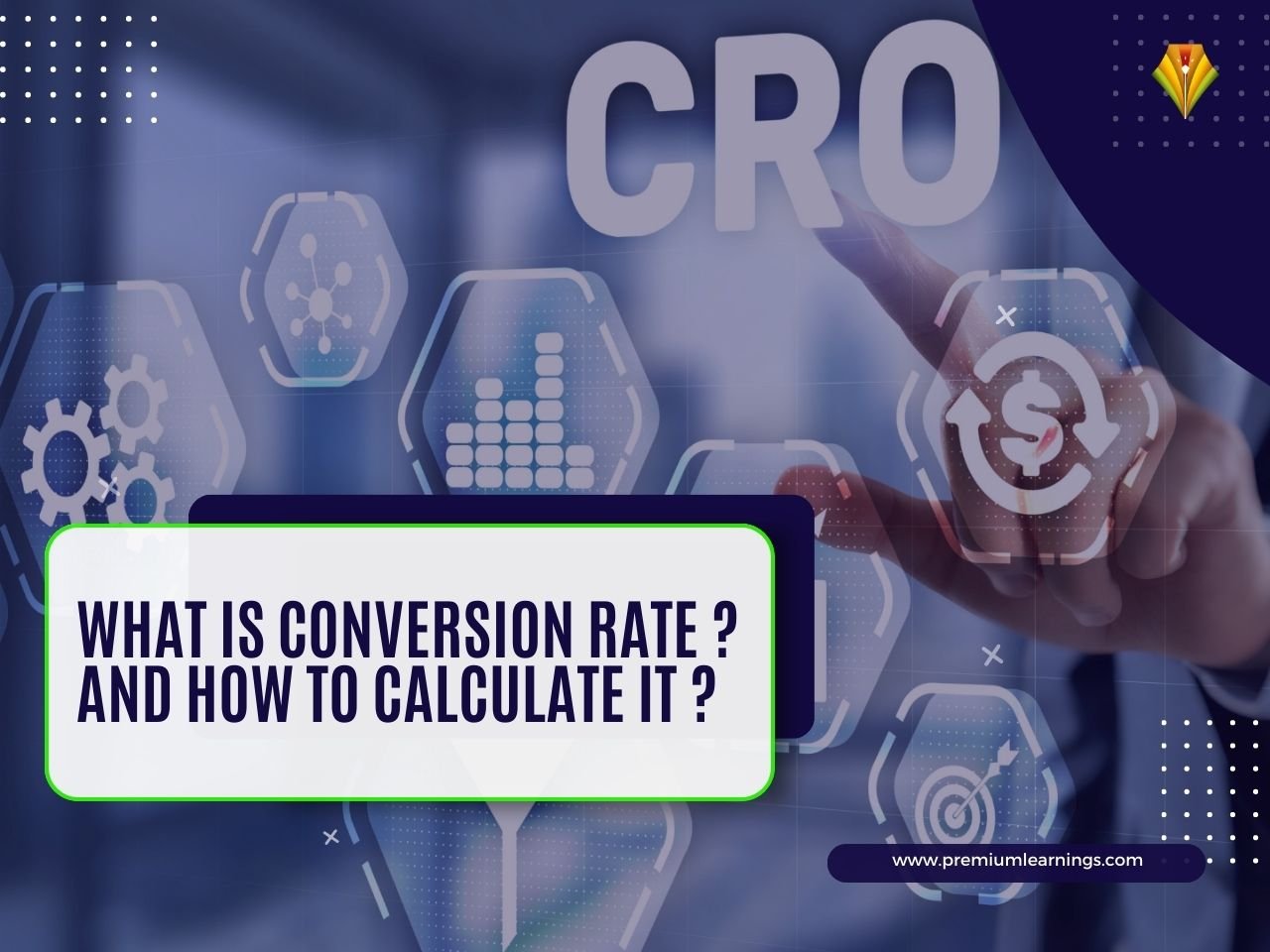If you own an online business or a website, you know how important it is to drive traffic to your site. However, traffic alone is insufficient to pay the bills. It is your responsibility to convert that traffic into paying customers or subscribers. CRO (Conversion Rate Optimization) can assist with this. We’ll define CRO, define conversions, calculate conversion rates, and discuss how CRO benefits SEOs in this blog post.
What is Conversion Rate Optimization?
CRO (conversion rate optimization) is the process of increasing the proportion of website visitors who complete a specific goal. Conversion rate optimization (CRO) seeks to increase the proportion of website visitors who complete the desired action, such as submitting a form, making a purchase, or subscribing to your newsletter.
What is a conversion?
A conversion is any action that a website visitor takes that aligns with your business objectives. There are two types of conversions: macro and micro.
Macro Conversions: A macro conversion is the primary conversion goal of your website, such as a completed purchase, lead form submission, or account registration.
Micro Conversions: A micro conversion is a secondary goal that helps to move visitors closer to a macro conversion. Examples of micro conversions include adding items to a shopping cart, clicking on a product page, or watching a video.
What is a conversion rate?
The percentage of website visitors who complete a specific goal, such as making a purchase or filling out a form, is referred to as the conversion rate. The conversion rate is calculated using the following formula:
(Number of Conversions / Total Visitors) x 100 = Conversion Rate
Your conversion rate is 5% if your website receives 1,000 visitors per month and generates 50 leads.
How to Calculate Conversion Rate
You must have a thorough understanding of what constitutes a conversion in order to calculate the conversion rate. Once you’ve determined your conversion goal, you can utilize a tool like Google Analytics to monitor the number of conversions and total visitors to your site.
Dividing the click – through rate by the total amount of visitors and multiplying the result by 100 is how the conversion rate is determined. You’ll get a percentage from this that you can use to gauge the success of your marketing initiatives and pinpoint areas for development.
5 Ways CRO benefits SEOs
Improves User Experience: CRO can improve the user experience of your website by making it easier for visitors to find what they are looking for and take the desired action.
Reduces Bounce Rate: By optimizing your website for conversions, you can reduce the bounce rate, which is the percentage of visitors who leave your site without taking any action.
Increases Conversions: By increasing the percentage of visitors who take a desired action, CRO can increase your website’s overall conversion rate.
Boosts Revenue: A higher conversion rate can lead to increased revenue, as more visitors become paying customers.
Improves Search Engine Rankings: CRO can improve the relevance and authority of your website, which can lead to improved search engine rankings and increased traffic.
In conclusion, CRO is a critical component of any online enterprise or website. You can enhance user experience, raise conversion rates, and increase revenue by conversion-optimizing your website. Furthermore, CRO can help SEO efforts by improving user experience, lowering bounce rates, and improving search engine rankings.
To enhance your knowledge on conversion rate , consider attending our Digital Marketing and Growth Hacking session. Register for the webinar now by clicking on the link below.
https://premiumlearnings.com/contact/
You can also download premium learning’s app from the link below
https://play.google.com/store/apps/details?id=com.premiumlearnings.learn&hl=en


